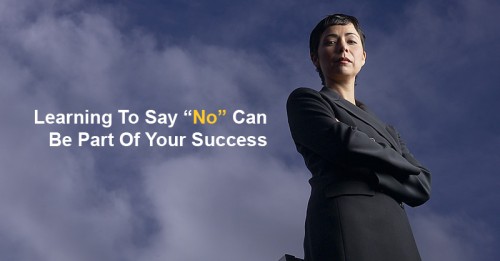
This post contains Amazon affiliate links, meaning I may earn a small commission if you purchase through my links, at no extra cost to you. Note: We aim to provide accurate product links, but some may occasionally expire or become unavailable. If this happens, please search directly on Amazon for the product or a suitable alternative.
1. Slow down. Feelings of anxiety generated by the possibility of saying “no” can escalate into a full-blown threat response, an emotional state in which we have diminished capacity to process information and consider options.
Slowing down the pace of an interaction or a decision-making process can allow us to catch up and make the choice that’s right for us, not merely the choice that alleviates our anxiety in the moment.
2. Recognize our emotional cues. We experience many emotions before we recognize them in conscious awareness, but feelings often have physiological markers that can help us identify and name the emotion sooner. Once we’re aware of an emotion, we can take action to influence how we respond. What do we feel—physically—when we consider saying “no”?
3. Practice. Saying “no” is like any other interpersonal skill—it feels clumsy and awkward at first, and we improve only with repeated effort.
Hope these quick tips are able to help you out, and don’t forget one of the main keys I mentioned previously “communication.”
You can learn more from the full article at: Learning to Say “No” Is Part of Success






